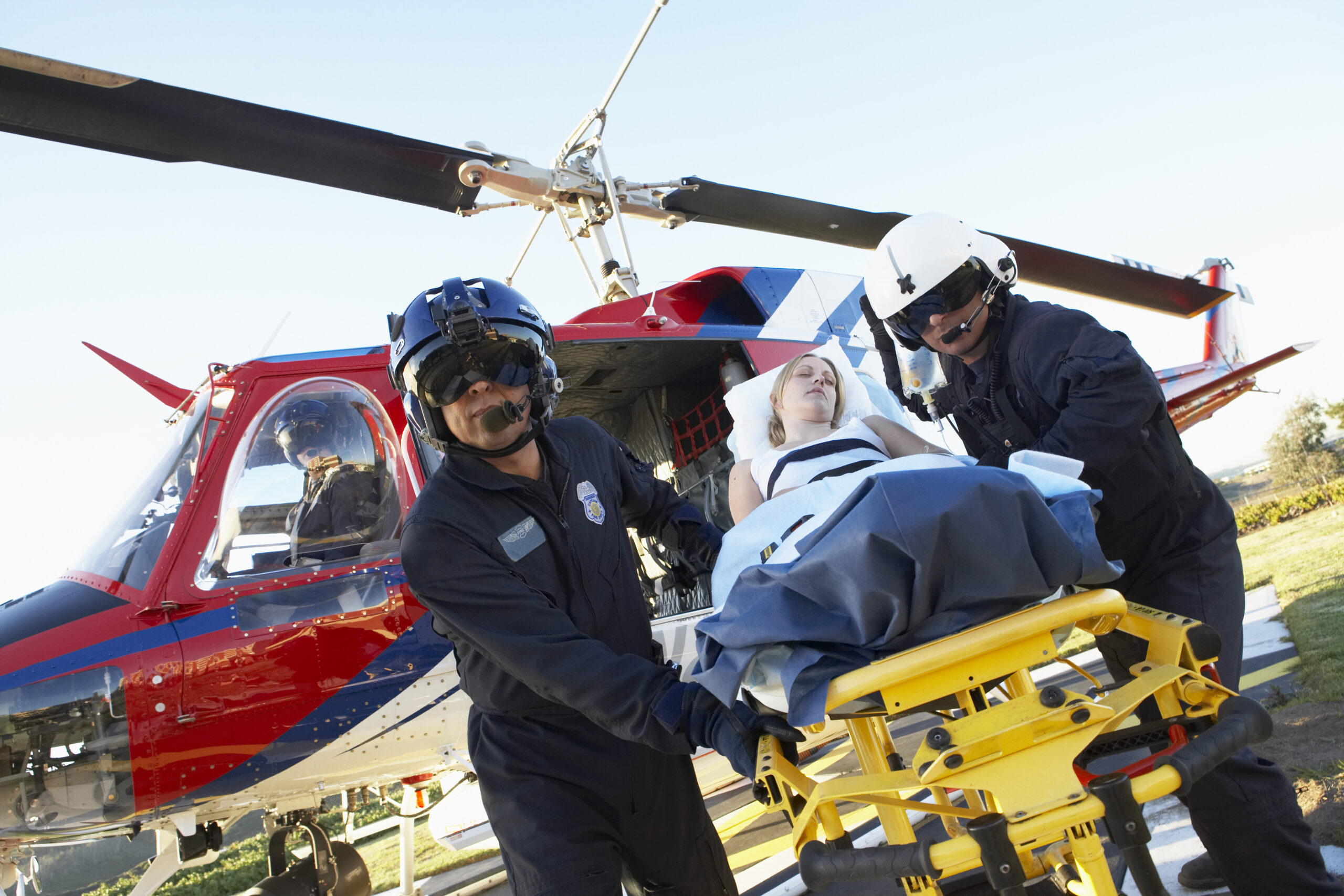Introduction
Trauma is the most common cause of mortality in infants older than 6 months until early into adulthood. It is in the top five causes of death. Nearly 800,000 traumatic injuries were treated at emergency rooms in the United States, with a nearly 4% mortality rate. Many more patients likely expire before reaching the emergency room. Rapid transport to the hospital is key for higher level care. It is preferred to prolonged resuscitation efforts outside of the hospital. However, early advanced airway management is useful, as is rapid support of cardiovascular instability. Young and healthy patients are more likely to survive, as are those with treatable injuries. Cardiac arrest before admission to the hospital is a poor prognostic sign and usually leads to death. As with other emergent situations, the priority is still airway, breathing, and circulation. Use the SAMPLE method to assess patients:
- Signs or Symptoms
- Allergy
- Medications
- Prior medical history
- Last food
- Events associated with the trauma

A trauma patient requires rapid transport to the hospital.
Evaluate for reversible reasons for cardiac arrest as although CPR in pulseless trauma patients is unlikely to be effective, reversible etiologies are associated with higher survival rates if managed quickly. Use the 5 H’s and 5 T’s to remember these reversible causes. Some causes of deterioration or arrest in the trauma patient include:
- Severe brain injury and subsequent hemodynamic failure
- Post hypoxic brain injury
- Severe and life-threatening visceral organ/vascular injury (i.e., heart, aorta)
- Underlying comorbidities, i.e., acute MI, arrhythmia leading to accidental injury
- Cardiac outlet obstruction from pericardial tamponade or tension pneumothorax
- Massive hemorrhage
- Associated hypothermic injury